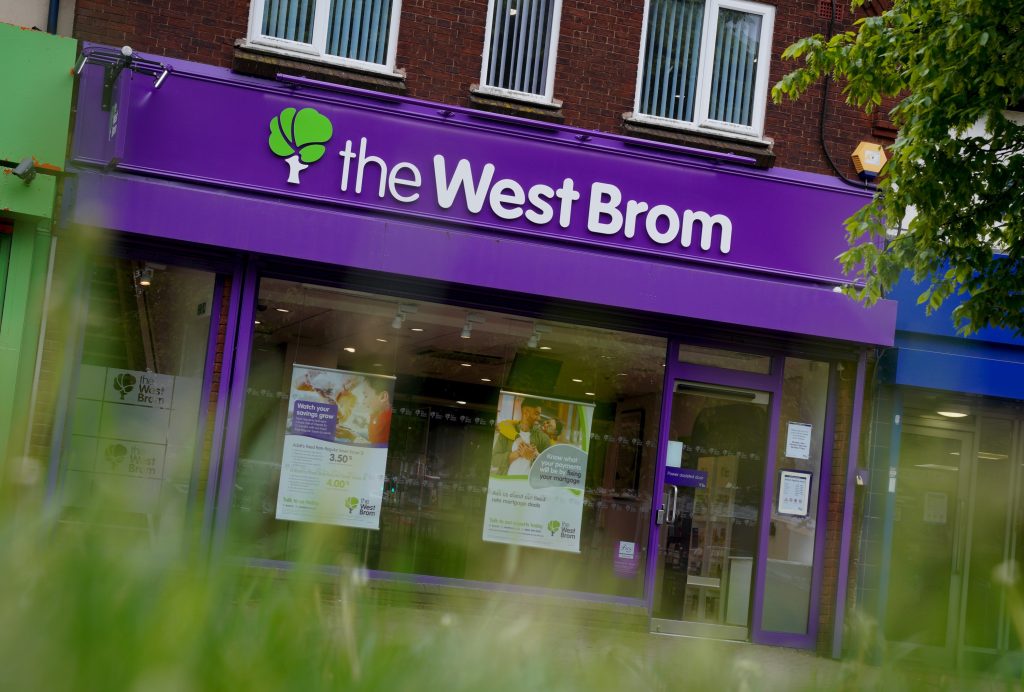
The UK labour market continues to cool, according to the latest official figures, but the pace of change will concern Bank of England rate-setters who are weighing up whether to pause rate cuts in the second half of the year.
Average wages, excluding bonuses, grew by 5% between April and June, the same pace as in the three months to May, while total pay growth including bonuses slowed to 4.6% from 5%.
The Bank’s Monetary Policy Committee has long said it wants to see wage growth fall below 5%.
The unemployment rate was unmoved at 4.7%, according to the Office for National Statistics, the highest since the three months to May 2021.
Vacancies fell by 44,000 between May and July, their lowest level since the three months to April 2021, when the UK was dealing with the effects of the Covid pandemic.
The data comes after the nine-member MPC voted 5-to-4 to cut the base rate by a quarter point to 4%.
That move came despite inflation rising to 3.6% in the year to June, partly due to higher food and clothing costs, as well as rising prices for air and rail travel. This is above the Bank’s 2% inflation target.
EY ITEM Club chief economic advisor Matt Swannell says: “Although the labour market is loosening, it is doing so gradually.
“Ongoing uncertainty and rising costs from the national living wage and employer National Insurance Contributions increases have seen hiring plans weaken as vacancies slipped slightly further below their pre-pandemic level. Indicative payroll estimates for July suggest the number of employees fell by 8,000 on the month, the smallest decline for six months.”
Swannell adds: “August’s knife-edge vote to reduce interest rates made it clear that the Bank of England is now far more concerned about inflation getting stuck above 2% than it is about job market prospects.
“The gradual progress on pay growth will not have given the MPC much more confidence that the disinflation process is on track”.
But Quilter Cheviot head of fixed interest research Richard Carter argues that the latest labour market data could sway the MPC to continue easing rates to bolster the economy.
Carter says: “The Bank faces a fine balancing act. Inflation remains at 3.6%, fuelled by housing and transport costs, but signs of slack in the labour market are becoming harder to ignore.
“With the MPC split on the pace of easing, these latest numbers could tip the balance towards further cuts to shore up the economy.”
However, following last week’s base rate cut, mortgage market lenders have continued to cut rates and ease lending rules.
Property Finance Specialist director Chris Sykes says: “Santander, for example, has increased its income multiples to bring them closer in line with some of its peers and, importantly, not just for first-time buyers, as many lenders tend to focus on.
“Specialist lenders such as Newcastle Building Society and Suffolk Building Society have also made moves to raise income multiples too, making their products more accessible to a wider range of borrowers.”



